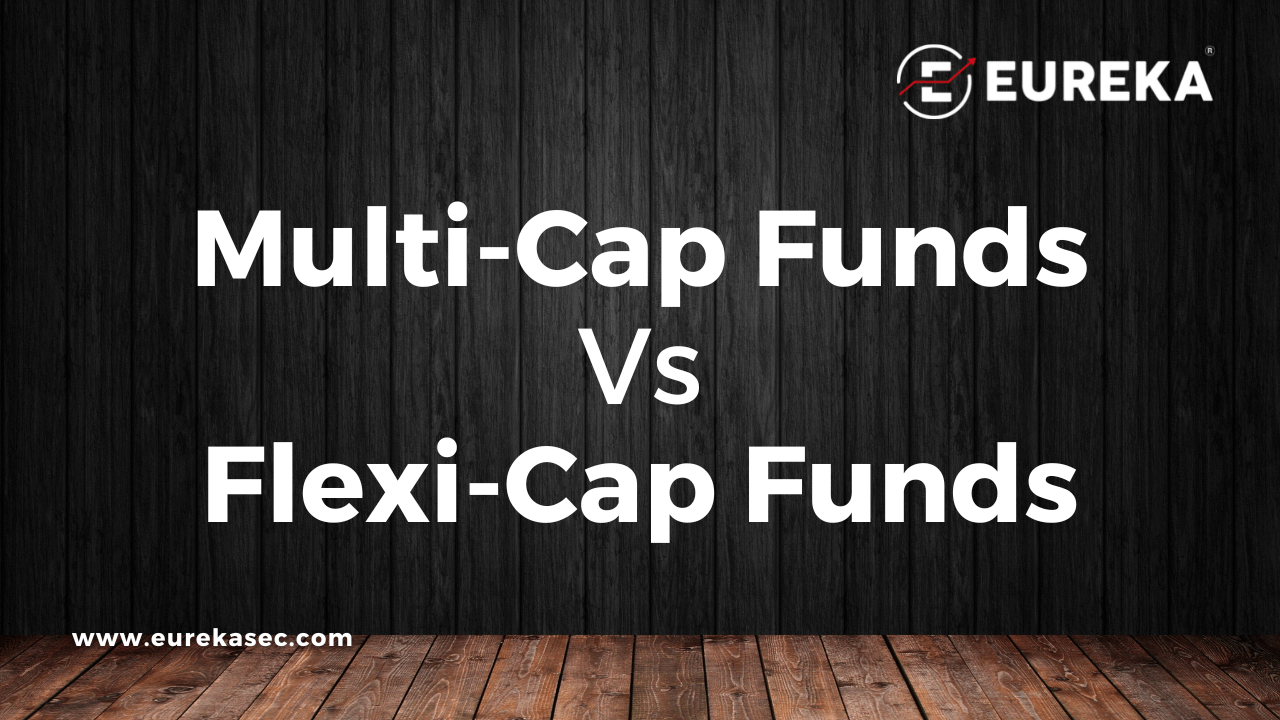
When it comes to mutual funds, there are various types to choose from, each with its own investment strategy and objectives. Two popular types of mutual funds in India are Multi-Cap Funds and Flexi-Cap Funds. While both types of funds are similar in many ways, they differ significantly in their investment approach and portfolio allocation. In this article, we will explore five key differences between Multi-Cap Funds and Flexi-Cap Funds.
Portfolio Allocation
One of the primary differences between Multi-Cap Funds and Flexi-Cap Funds is their portfolio allocation. Multi-Cap Funds invest across companies of all market capitalizations, including large-cap, mid-cap, and small-cap companies. These funds aim to provide investors with a diversified portfolio across different market segments. The allocation to different market segments may vary depending on the fund manager’s assessment of market conditions.
Flexi-Cap Funds, on the other hand, have the flexibility to invest across market capitalizations based on the fund manager’s assessment of market conditions. These funds can invest in large-cap, mid-cap, or small-cap companies depending on the market outlook. This allows them to be more agile and responsive to changing market conditions.
Investment Approach
The investment approach of Multi-Cap Funds and Flexi-Cap Funds also differs. Multi-Cap Funds aim to provide investors with a diversified portfolio across different market segments to reduce risk. They may follow a value or growth style of investing, depending on the fund manager’s assessment of market conditions.
Flexi-Cap Funds, on the other hand, have the flexibility to adjust their investment approach based on market conditions. These funds may follow a blend of value and growth styles of investing, depending on the market outlook. This allows them to be more responsive to changing market conditions and take advantage of market opportunities.
Investment Objective
The investment objective of Multi-Cap Funds and Flexi-Cap Funds also differs. Multi-Cap Funds aim to generate long-term capital appreciation by investing across different market segments. They may also provide investors with regular income through dividend payments.
Flexi-Cap Funds, on the other hand, aim to provide investors with a combination of capital appreciation and income. They may invest in companies that pay regular dividends to provide investors with a steady stream of income. They may also invest in companies that have the potential to generate long-term capital appreciation.
Risk and Return
Multi-Cap Funds and Flexi-Cap Funds differ in terms of risk and return. Multi-Cap Funds may offer higher returns and higher risk due to their exposure to small and mid-cap companies. These companies have the potential to generate higher returns, but they are also more volatile than large-cap companies.
Flexi-Cap Funds may offer a balanced risk and return profile due to their ability to adjust portfolio allocation based on market conditions. These funds may invest in large-cap companies when the market is volatile to reduce risk, and they may invest in small and mid-cap companies when the market is bullish to increase returns.
Investment Style
Multi-Cap Funds and Flexi-Cap Funds also differ in terms of investment style. Multi-Cap Funds may follow a value or growth style of investing, depending on the market conditions. Value investing involves investing in companies that are undervalued by the market but have the potential to generate long-term capital appreciation. Growth investing involves investing in companies that have the potential to grow their earnings and revenue faster than the market average.
Flexi-Cap Funds may follow a blend of value and growth styles of investing, depending on the market conditions. They may invest in value stocks when the market is bearish and growth stocks when the market is bullish.
Benchmark
Multi-Cap Funds and Flexi-Cap Funds also differ in the benchmark they use to measure their performance. Multi-Cap Funds typically use a composite benchmark that includes multiple indices, such as Nifty 50, Nifty Midcap 100, and Nifty Small-cap 100. This benchmark reflects the fund’s portfolio allocation across different market segments. Flexi-Cap Funds, on the other hand, use a single benchmark, such as Nifty 500 or Nifty 100, that reflects the overall market conditions.
Investment Universe
The investment universe of Multi-Cap Funds and Flexi-Cap Funds also differs. Multi-Cap Funds have a broader investment universe that includes companies of all market capitalizations. They may invest in companies from various sectors and industries to diversify their portfolio. Flexi-Cap Funds also have a broad investment universe, but they may focus on specific sectors or industries based on the fund manager’s assessment of market conditions.
Expense Ratio
The expense ratio of Multi-Cap Funds and Flexi-Cap Funds may also differ. The expense ratio is the annual fee charged by the fund house to manage the fund. Multi-Cap Funds may have a higher expense ratio than Flexi-Cap Funds due to their exposure to small and mid-cap companies, which may require more research and analysis. However, this may vary based on the fund’s size, assets under management, and investment strategy.
Liquidity
Multi-Cap Funds and Flexi-Cap Funds also differ in terms of liquidity. Liquidity refers to the ease with which investors can buy or sell units of the fund. Multi-Cap Funds may have lower liquidity than Flexi-Cap Funds due to their exposure to small and mid-cap companies, which may have lower trading volumes. However, this may vary based on the fund’s size, assets under management, and investment strategy.
Minimum Investment
The minimum investment required to invest in Multi-Cap Funds and Flexi-Cap Funds may also differ. Multi-Cap Funds may require a higher minimum investment than Flexi-Cap Funds due to their exposure to small and mid-cap companies, which may require higher investment amounts. However, this may vary based on the fund house and the investment strategy.
In conclusion, Multi-Cap Funds and Flexi-Cap Funds have several key differences in their portfolio allocation, investment approach, investment objective, risk and return, investment style, benchmark, investment universe, expense ratio, liquidity, and minimum investment. By understanding these differences, investors can make an informed decision and choose the right mutual fund that suits their investment goals and risk tolerance. It is essential to do your research, consult with a good and experienced financial advisor, and review the fund’s prospectus before investing in any mutual fund.







